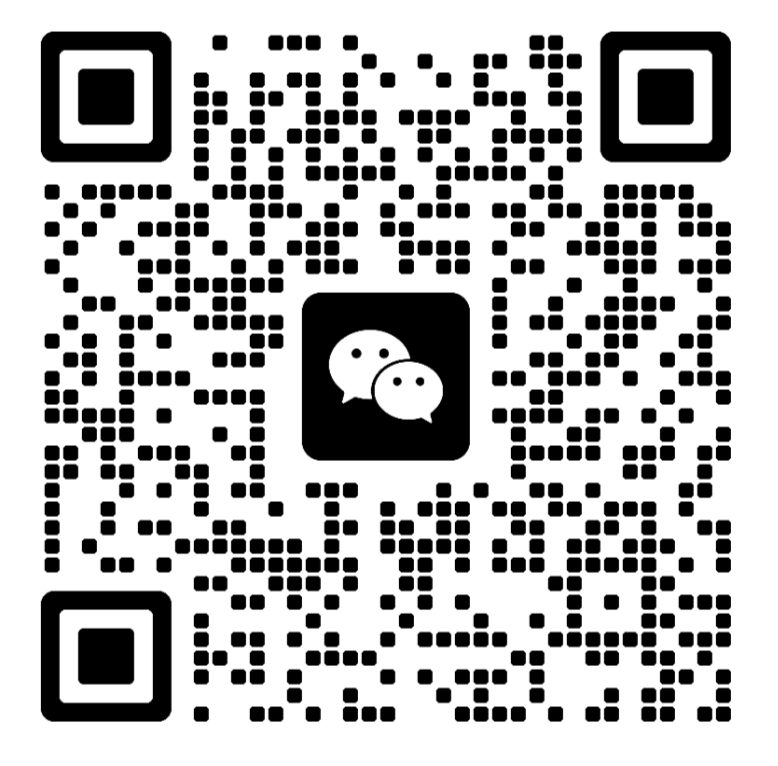“Eye Contact in Practice: How to Naturally Convey
“Eye Contact in Practice: How to Naturally Convey Favorable Signals”
“Eye Contact in Practice: How to Naturally Convey Favorable Signals”
Why is eye contact the ultimate social currency?
Neuroscience has confirmed that pupil dilation is a physiological sign of subconscious affection (when a person sees an object of interest, the pupil dilates by 10% to 20%). Effective eye contact can trigger the secretion of oxytocin (promoting trust) and simultaneously reduce the level of the stress hormone cortisol (reducing social anxiety).

【 Core Rule 】 Formula for the Transmission of Favorable Signals
The Golden Triangle Gaze Method
Area division: The face is divided into three areas of interest
Area A (Triangle of eyebrows and eyes) : Conveying serious interest (suitable for in-depth conversations)
Zone B (Triangular tip of the nose) : Conveys a relaxed and pleasant feeling (suitable for the ice-breaking stage)
Area C (Lip Triangle) : Conveys romantic hints (Trust must have been established)
Practical application
When meeting for the first time, focus on Area B. When the other party responds positively, gradually transition to Area A/C
2. Dynamic rhythm control
Scene gaze duration frequency movement mode
The bar breaks the ice for 3 to 5 seconds, moving slowly diagonally every 30 seconds
Chat in the coffee shop for 5 to 7 seconds with natural pauses to match the rhythm of the conversation
The online video should be 8 to 10 seconds long, with a smile synchronized every 2 minutes
3. Micro-expression amplifier
Slightly raised eyebrows: Slightly raise the eyebrows when looking (triggering the mirror neurons of the other person)
Relax the orbicularis oculi muscle: Keep the eyelids naturally drooping by 1/4 (avoid the pressure of “staring”)
Blink synchronization: Adjust the blink frequency to 80% of the other person’s speed (establish subconscious synchronization)
【 Scenario-based Skill Library 】
High-risk scenarios (elevators/queues)
The 3-second rule: Briefly gaze at the other person’s shoes → Suddenly look up and smile (creating a sense of surprise)
Environmental anchoring: Pretend to study the poster behind the other person: “Did you notice the information about that art exhibition?” (Shift the focus of pressure)
2. Social activity scenarios (parties/bars)
Territory marking technique: Use the corner of your eye to continuously lock onto a target for more than 30 seconds in a crowd (to arouse the other party’s curiosity)
Lighting control: Move to the warm light area (pupils are more likely to dilate in low light conditions)
3. Online video scenes
Virtual gaze point: Place the camera in the upper left corner of the screen (simulating the real eye Angle)
Micro-expression Easter egg: When the other person is telling a joke, use the muscles at the corners of the eyes to create a “sneaky smile” effect
【 Anti-Manipulation Toolbox 】
Stress test defense:
When feeling unwell, use “environmental focus shift” :
Did you hear the drumbeats of the band over there? (At the same time, shift your gaze to the sound source)
Decoding Excessive Gazing:
Use “Blink frequency amplification” : Suddenly increase the blinking speed (trigger the other person’s subconscious to relax)
Interest Disguise Technique
When gazing, simultaneously observe the shape of the hairline behind the other person’s ear (to avoid overly “humanized greed” in the eyes).
【 Advanced Training Method 】
Mirror neuron activation training
Practice in front of a mirror: When saying “I’m listening”, simultaneously show B-area gaze and slightly raised eyebrows
Record video playback: Check if the pupils naturally dilate when the other party is delivering important information
2. Environmental interference stress resistance training
In the noisy environment of a coffee shop, continuously lock onto the eyes of a stranger 3 meters away for 5 seconds (gradually extending to 10 seconds)
Simulate eye contact with the front camera of your mobile phone: Practice maintaining a steady gaze in the selfie mode
3. Adaptation to cultural differences
Cultural background, safety, gaze duration, and taboo areas
Latinos avoid prolonged nose-to-nose contact for 7 to 9 seconds
Nordic people avoid direct lip area locking within 3 to 5 seconds
Middle Eastern Americans need to lean their heads sideways for 5 to 7 seconds
【 Taboo List 】



“Practical Methodology”
Coffee Shop Challenge
For three consecutive days, B area gaze training was conducted on three strangers (recording the types of their responses: smiling/moving away/reverse gaze).
Film analysis method
Watch the “Before Dawn” trilogy and mark the duration of eye contact between the male and female leads and the connection between the scenes
Biofeedback device
Monitor the changes of physiological indicators during fixation using pupil lie detector apps (such as Tobii Pro)
Key psychological principles:
The Herlock effect: Moderate gaze makes the other party more inclined to fulfill your request
Visual dominance ratio: People with high eye contact are perceived as having a 23% higher level of confidence
Edge resonance theory: Synchronous eye movement patterns accelerate the growth of relationship closeness

Ultimate mental method:
The true signal of affection does not lie in the intensity of the gaze, but in whether the other person feels seen when looking – just like when you gaze at the starry sky, the brightest star is always the one you look at first.
相关文章
发表评论
评论列表
- 这篇文章还没有收到评论,赶紧来抢沙发吧~



